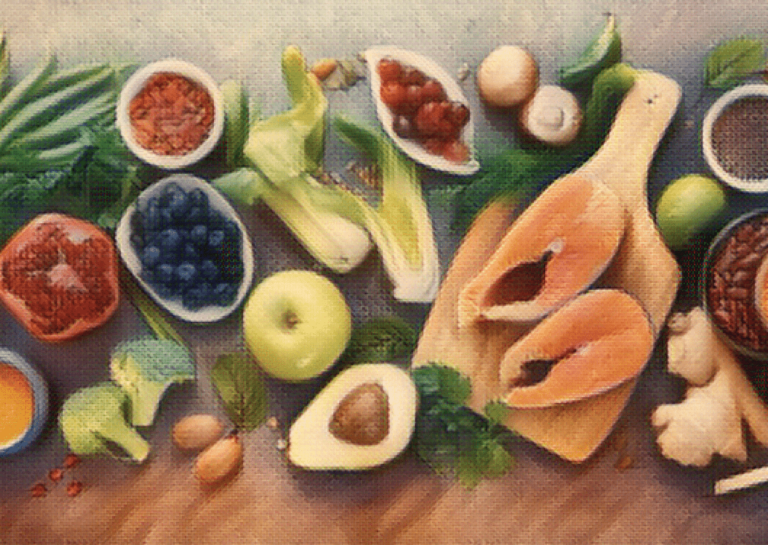We are not born knowing what to eat; as omnivores it is something we each have to figure out. From childhood onward, we learn how much to eat and how sweet is too sweet. We learn to enjoy green vegetables — or not. But how does this education happen?
In First Bite, award-winning food writer Bee Wilson draws on the latest research from food psychologists, neuroscientists, and nutritionists to reveal that our food habits are shaped by a whole host of factors: family and culture, memory and gender, hunger and love. Taking the reader on a journey across the globe, Wilson introduces us to people who can only eat foods of a certain color; prisoners of war whose deepest yearning is for Mom’s apple pie; a nine year old anosmia sufferer who has no memory of the flavor of her mother’s cooking; toddlers who will eat nothing but hotdogs and grilled cheese sandwiches; and researchers and doctors who have pioneered new and effective ways to persuade children to try new vegetables. Wilson examines why the Japanese eat so healthily, whereas the vast majority of teenage boys in Kuwait have a weight problem — and what these facts can tell Americans about how to eat better.
The way we learn to eat holds the key to why food has gone so disastrously wrong for so many people. But Wilson also shows that both adults and children have immense potential for learning new, healthy eating habits. An exploration of the extraordinary and surprising origins of our tastes and eating habits, First Bite also shows us how we can change our palates to lead healthier, happier lives.

